|
I have the extreme honor of hosting one of my new favorite authors, K.M. Alexander. His Bell Forging Cycle books are an obsession for me. Why? Because he's a phenomenal crafter. Please read below to learn more about his craft, his world and do yourself a favor, stop by his website: www.kmalexander.com. Guest Post by K.M. Alexander, Bell Forging Cycle books It wasn’t until college that I discovered H.P. Lovecraft, but I had been reading authors influenced by his work for years, Robert E. Howard, Stephen King, and Clive Barker. The dark, weird, and mysterious always enchanted me. I was drawn to the shadows; something there tapped into my core emotions and excited me. Lovecraft and I are very different. He speaks of the “fear of the unknown,” which inspired him; for me, it was not fear but a fascination. I’m not scared of “things beyond.” When I started writing, I found myself attracted to those concepts. I’m three books into my Bell Forging Cycle, a Lovecraftian urban fantasy series. It’s a place where humanity finds itself living among alien species as equals, a world struggling with its history and dealing with injustice on a regular basis. Also, it’s a place under threat from ancient monstrosities, creatures from the unknown who cloak themselves in the shadows. When H. M. Jones asked me to write a guest post for her blog, I reflected on what I had learned along the way. It's All About People There’s a lot within speculative fiction to draw us to it, and as fans, we often get obsessed with the intricacies of a world. We argue at length about political structures and discuss the viability of talking dragons. We debate the power inherent in different magic systems and feud about the superiority of one wizarding house over others. (I'm a Gryffindor, by the way, which is the correct answer.) However, the core of every good story is well-written characters, people whose lives we care about and who in turn make us fall in love with a place. Without those characters, the minutiae are meaningless. I’ve been reading a lot of fantasy lately, and I’ve noticed I can tell fairly quickly whether I’m going to enjoy a book. It's not about the trappings; it has to do with the character. So often, writers tend to revert to tropes and stereotypes as opposed to tapping into our empathy as readers. People are complicated; we’re not black or white, we’re not good or evil. George R. R. Martin is fond of saying, “We're all the heroes of our own stories.” However, I think the reverse is also true. We’re also the villain in someone else's. A good character is a mix. I prefer my characters gray, and I know readers do as well. It’ll connect us to them, and we’ll see ourselves in their reasoning, if not their behavior. That’s real. That’s human. Give them motivations, likes and dislikes, weird nervous ticks, desires, and flaws. Please, above all else, make them flawed. That makes them real. If you can hook us on your characters, then you will make us fear for them. We’ll care more about the plot, the magic systems, the talking dragons, and the political maneuvering if we care about the people first. Fear Lies in Anticipation Long ago, on a whim, I sat down to watch the 2001 horror movie, Jeepers Creepers. In the opening act, two siblings (played by Gina Philips and Justin Long) are driving down a country road. Along the road, they spy a strangely dressed man dropping what appears to be bodies down a shaft. It’s shot from a distance. Features aren't revealed. Details are muddy. He’s unknown. The man notices and proceeds to chase them in an old beat-up pickup truck, running them off the road. It's an intense sequence. The movie falls apart after that, but those first ten minutes resonated with me for years. Jeepers Creepers built anticipation perfectly. It was a disappointment when that dread fell apart moments later when the monster was revealed. Creepers is the classic example of showing the monster too early. When exposed to light, the actual monster is never as frightening as the picture in our minds. Readers scare themselves; we guide them to their conclusions. It’s not the monster that brings fear, it’s the anticipation. Throughout cosmic horror, you see this play out: the real dread comes from the unknown, the abyss that stares back. Look at the way Stephen King prolongs the anticipation in It, or how Ridley Scott lets the suspense build in 1979’s Alien. The fear of the unknown is often more terrifying than any monster we can conjure. This lesson goes far beyond monsters. Often, the mystery being revealed in the next room, around the next bend, or in the next conversation can be just as powerful. Protagonists might fret over the revelation of a doctor's diagnosis. They could stress about the looming threat of war. There could be the strain of personalities clashing. Anticipation is the pressure that builds on the bulwark, and it makes those revelations all the more compelling when that bulwark finally crashes down. Mystery is Key Readers want answers, and it’s our job to provide them... eventually. This extends well beyond the monster and into the world and characters we create. Walk down any street in any city or town, and you'll experience a thousand stories. There is history all around us; it's built not only into the walls and sidewalks but in the people we meet. Extend your world into itself; make readers experience a place and its population. Give them questions, and hold back on all the answers. Reveal too much too early, and the sense of wonder will drain away. Hold back and share too little too late, and reading can become tedious. As a reader, I often find myself disappointed when writers wrap everything up in neat little packages and when they expound at length. In each instance, the mystery gets stripped away, and nothing is left for the reader to contemplate. Keep them wondering long after they finish. Action Creates Reaction My friend and fellow scrivener Setsu Uzumé said something profound the other day, and it's still resonating with me: "A war story without trauma is propaganda." Trauma is the key there, and it goes far beyond war stories. Trauma is what shapes us as people. Trauma IS the story, especially in the world of dark fantasy. One of my largest pet peeves with many series is their static nature. Characters never seem to evolve; they never face their defeats, there are no consequences for their action. Between books, many protagonists remain unchanged despite the trauma they might have endured. When we study the real world, we quickly see how even the smallest events can have profound impacts on our lives. Take me for example; I am a much different person today than I was ten years ago. My experiences, both positive and negative, have shaped me and made me the writer I am today. Apply those same lessons to what you write. Our characters' experiences should undergo the same change. Readers should see your characters evolve, become damaged, fight through their doubts. Let them experience the character’s journey alongside the character. If readers watch a character change, then they’ll care about the character more. Interview with K.M. AlexanderH.M: Lovat is AMAZING. The idea of a tiered city in which the higher one rises the wealthier and more influential the citizens is an inspired setting, one that really comes alive as we read. Can you tell us a little about how you went about creating Lovat? K.M: Kowloon Walled City, the “City of Darkness,” was easily my biggest influence, it was once a crowded space in Hong Kong built inside the walls of an abandoned Chinese fort. At its height, 33,000 inhabitants were crammed into six acres and about thirteen stories. During the 60s developers even constructed new structures atop the older ones. The result was amazingly complex. I had read about it before, and it fascinated me, I knew I’d eventually want to explore something similar but on a larger level. The idea of the stacked city is more common than many people know. Even here in Seattle, we have an underground tour where tourists can explore old streets and buildings that are still existing below the modern metropolis. I liked the idea of history being below our feet, out of sight but always present. It was only natural that as I started to explore Lovat on my own that the wealthy lived higher. They had the money for the best views, the fresher air, and the newer buildings. Waste and water would trickle down, which helps serve as a not-so-subtle metaphor for how the poor live among the casts off from the rich. H.M: Who are the authors who inspire you, and do they inform your writing? K.M: China Miéville is my biggest influence and my favorite author. He writes strange non-traditional fantasy that has always hooked me. He showed me fantasy worlds didn’t have to be inhabited by elves, dwarves, orcs, and hobbits and that they could be weird and wondrous places. Ursula K. LeGuin is another hero of mine. She writes humanity at a level few authors have been able to achieve. I started as a kid with Earthsea and came to her Hainish Cycle later. Both are amazing. Stephen King’s The Dark Tower series was a huge influence on me growing up. It was also a mix of genres, and it always felt so epic. Few authors have captured a road story on such a grand scale. There are so much more, though; it’s hard to know where to stop: Mark Twain, Cormac McCarthy, M.R. Carey, Margaret Atwood, Octavia Butler, the list never ends, and it is wildly varied. Reading is so fundamental to writing. Each time I finish a new book I take a piece from that author. Something of their work sticks with me, and I believe it makes my work better. H.M: Your books are heavily dark fantasy (my favorite genre to read and write), but they are also a mash-up of thriller, mystery and dystopia. Were you going for such a range or did it just happen? K.M: It just sort of happened. When I read I tend to get bored with the straight genre work, and I’m always leaning toward books that step outside traditional boundaries. That preference showed in my writing. If I were honest, I’d pitch it as a “dark cyberpunk post-post-apocalyptic dystopian weird western cosmic horror urban fantasy noir adventure.” But that is a mouthful and a little confusing so I tend to shorten it. The key was to keep the things I liked, but make sure to allow them to serve the story and enhance the world. I didn’t want them just to be an unusual motif glued onto the face of a narrative. H.M: Do you have a favorite character to write? I know I have a couple I love to read, but which is the most fun to compose? K.M: Some of what I like to write now has changed. I enjoy the blue-collar, no-nonsense nature of Waldo, and he’s always fun to write. However, these days I’m interested in writing in the gray. Characters that are neither hero nor villain but some mixture in between. I like that complexity. I think it’s challenging for me as a writer, and it challenges readers. It pushes empathy and forces us to understand viewpoints we might not have considered.
0 Comments
A little video I made on remembering your life as a whole and defining it as a bigger picture, a look past moments of hardship.
|
AuthorH.M Jones is the author of B.R.A.G Medallion Honor and NIEA finalist book Monochrome, its prequel Fade to Blue, the Adela Darken Graphic Novellas, Al Ravien's Night, The Immortals series, and several short stories. Archives
December 2019
Categories
All
|
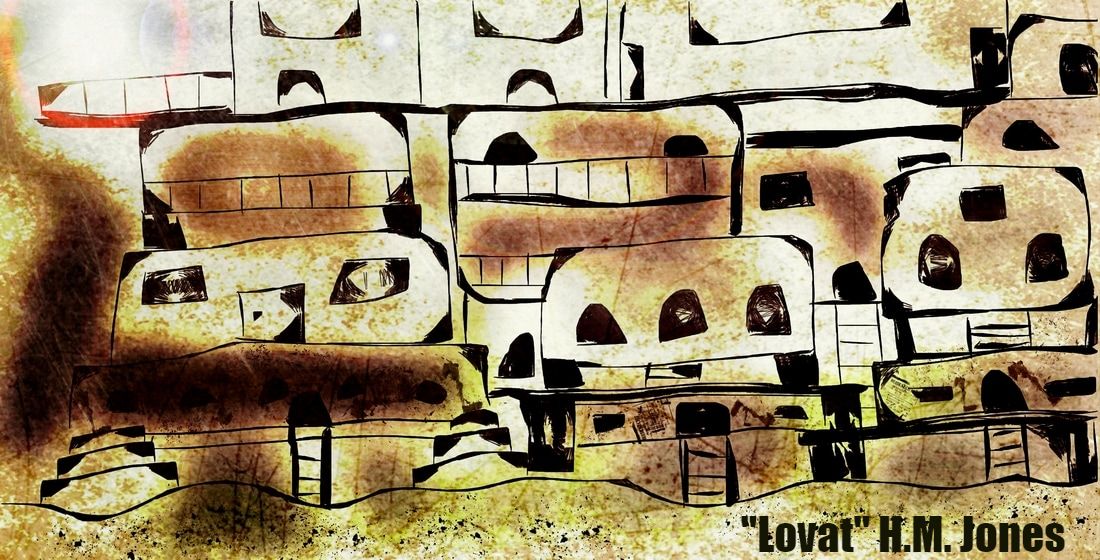
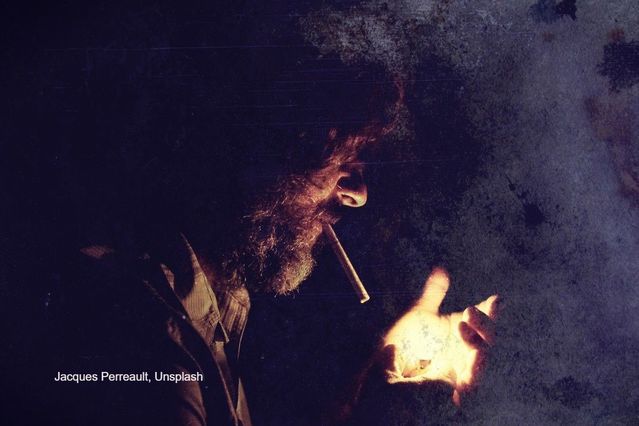
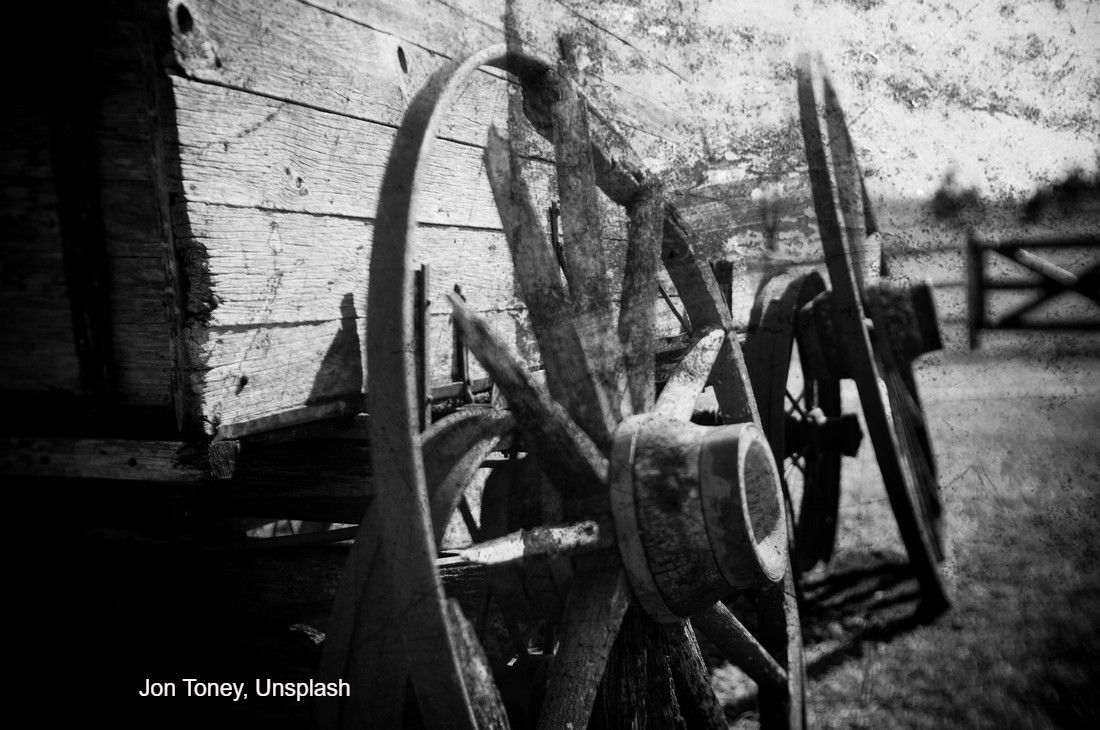

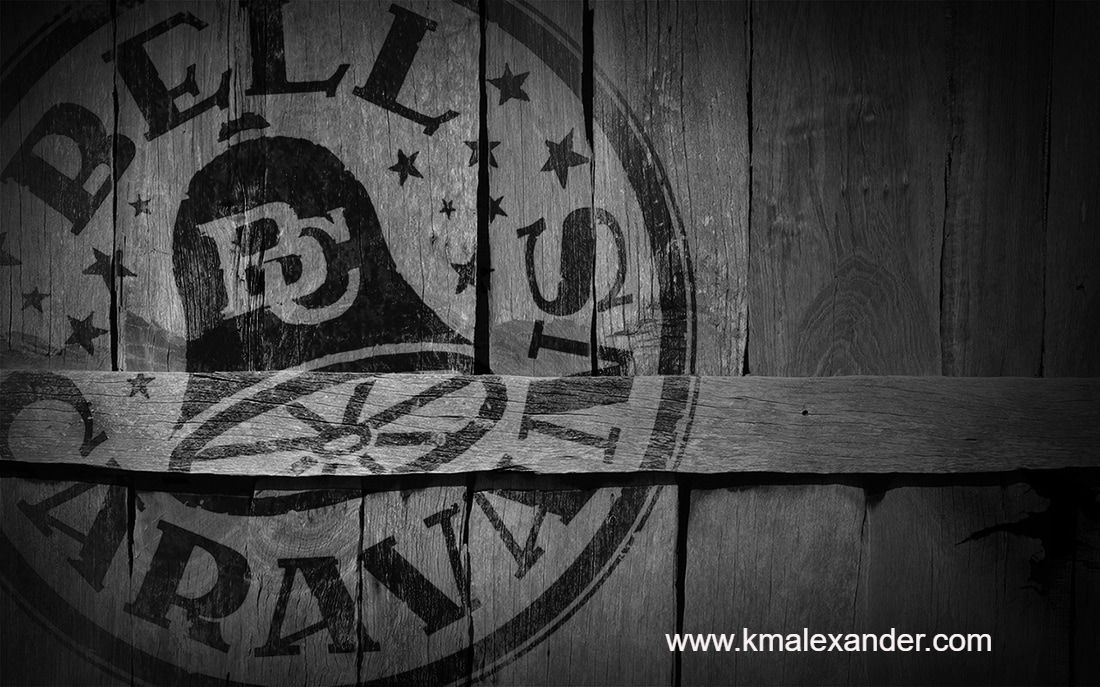

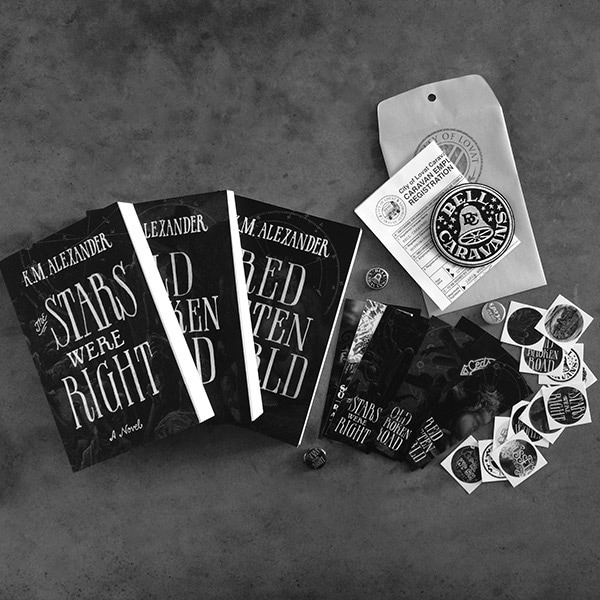
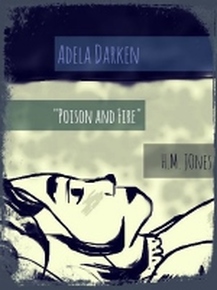
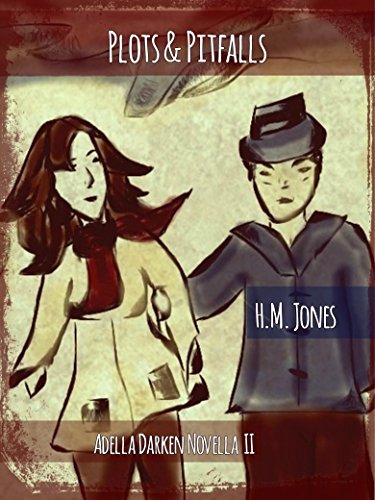
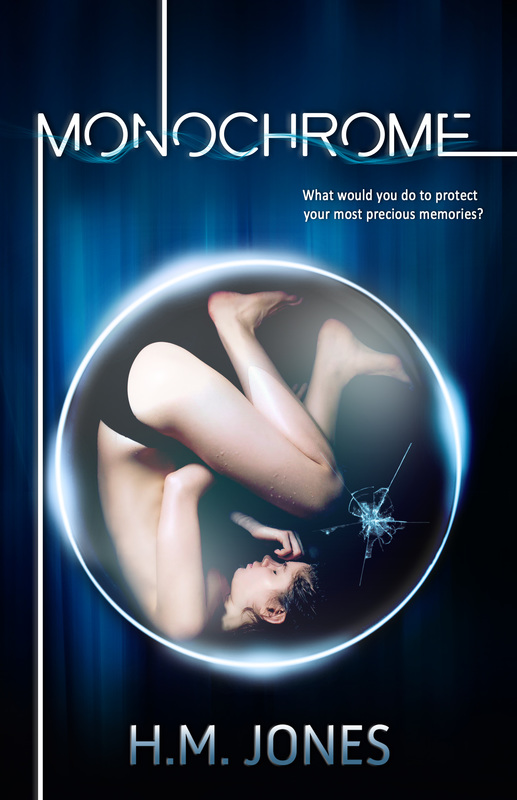
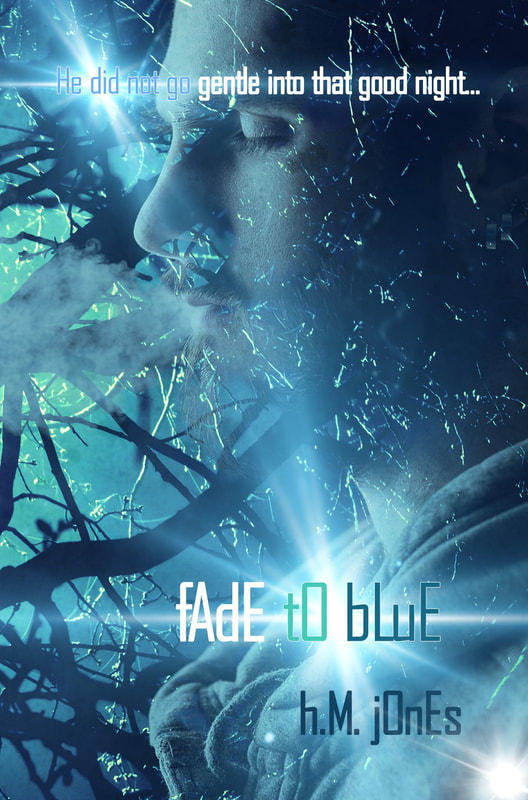
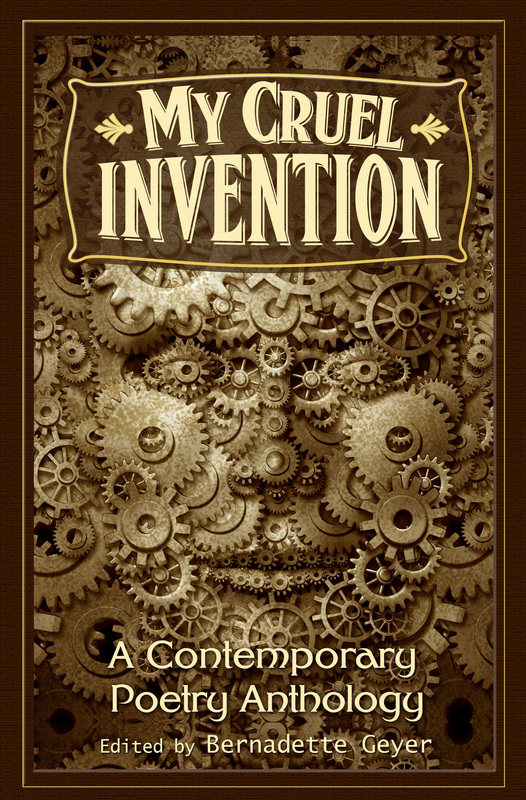
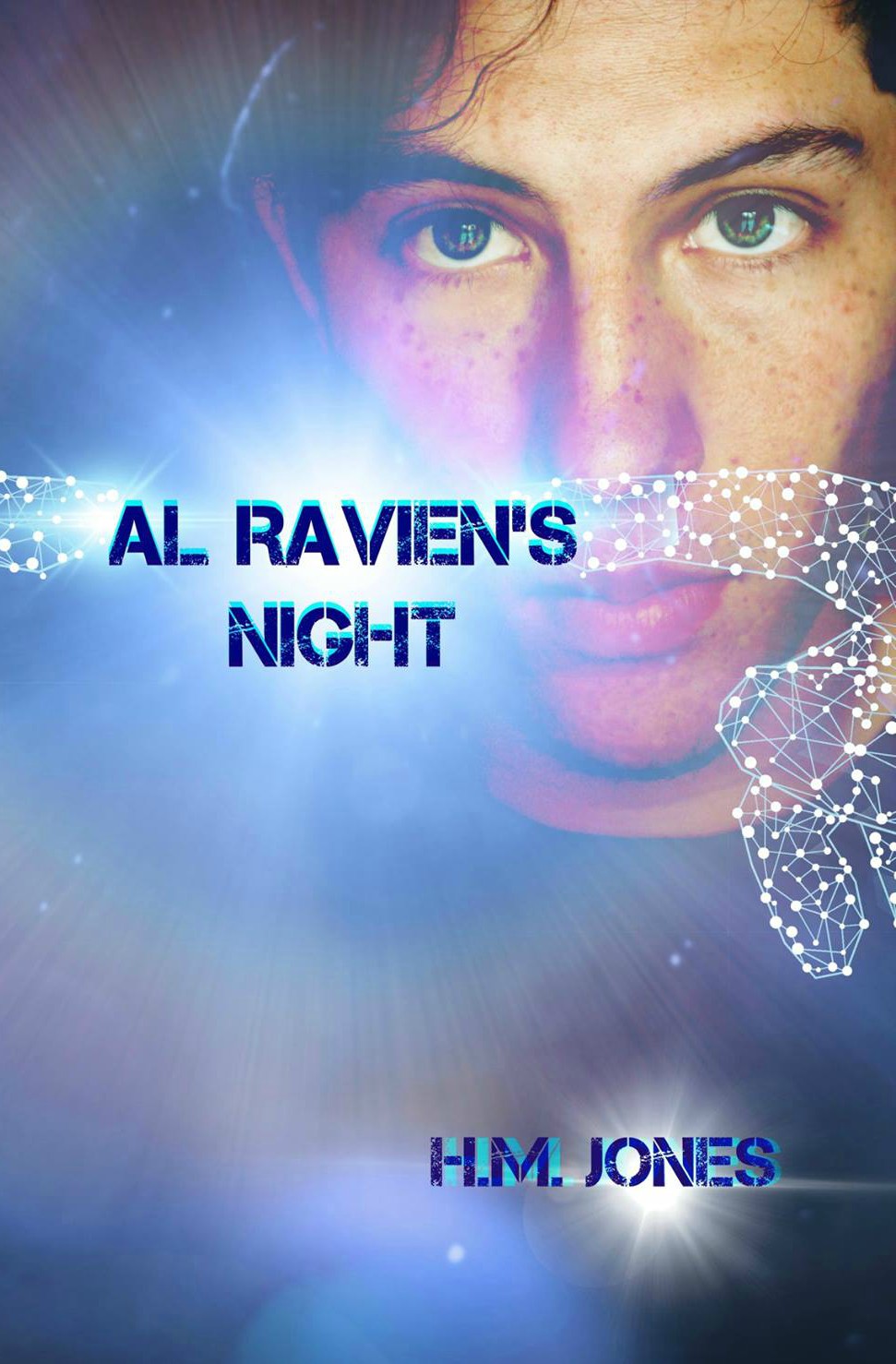
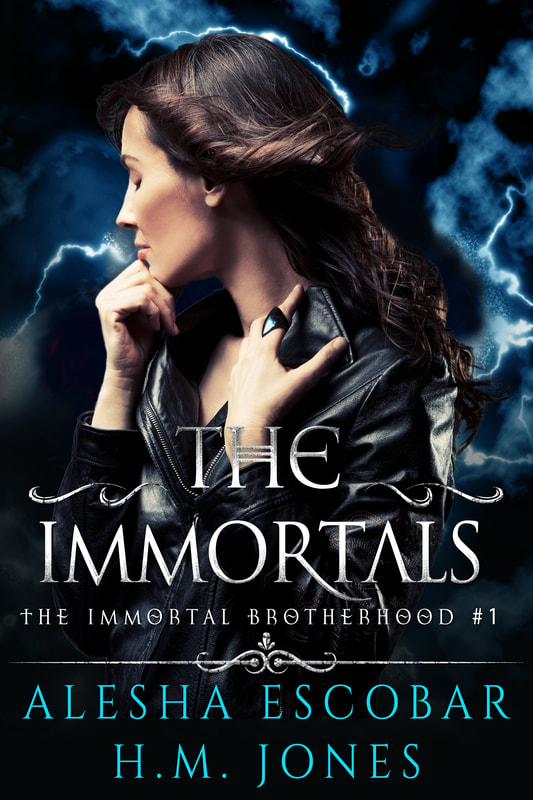
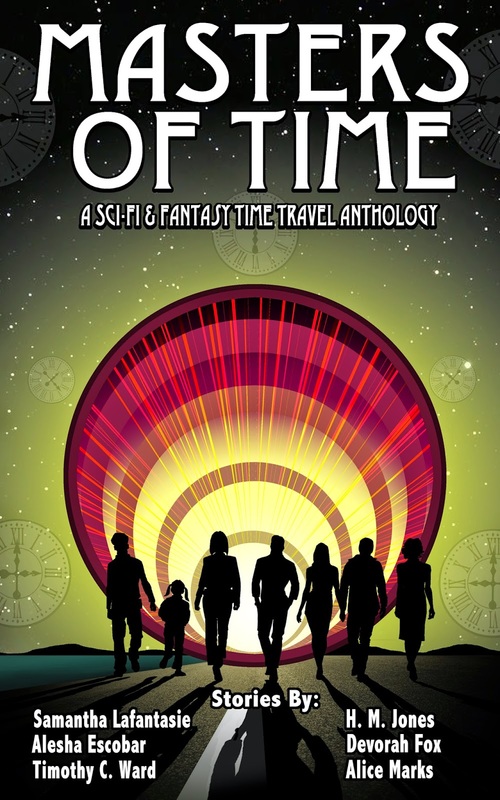
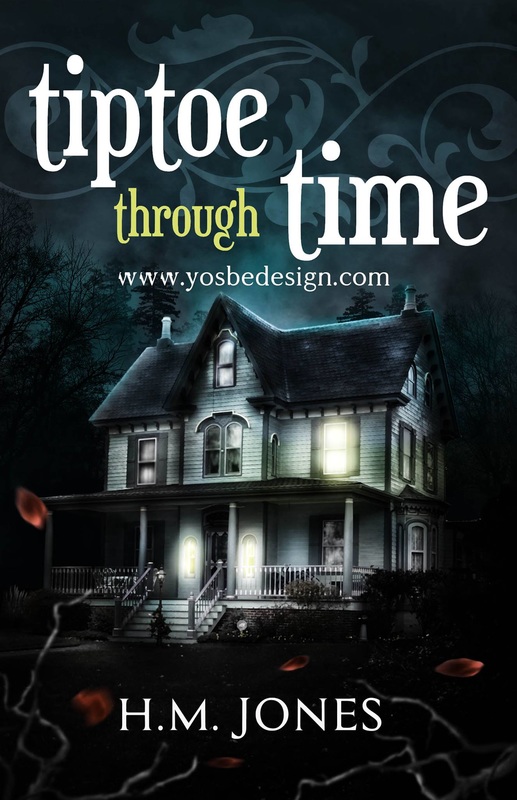
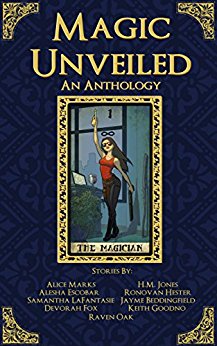
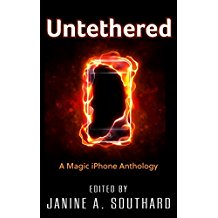
 RSS Feed
RSS Feed
